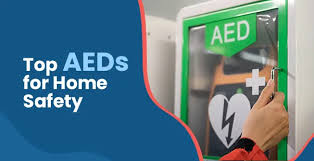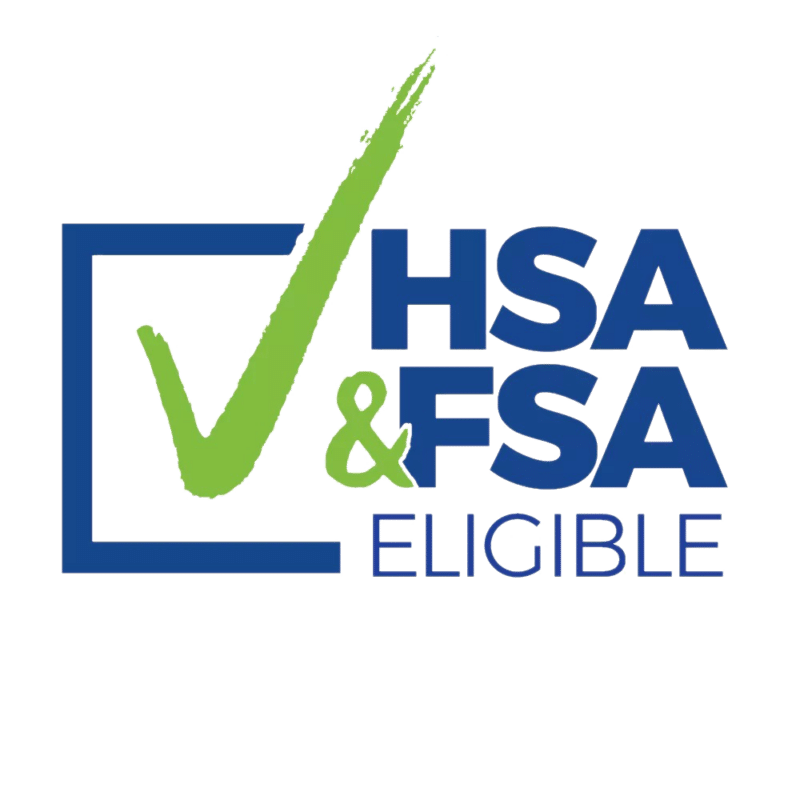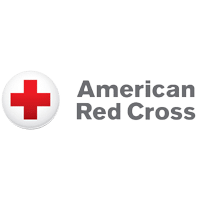AED's
Life-Saving Readiness: Why Every Home Should Have an AED
When we think of safety at home, we often consider smoke alarms, secure doors, and regular maintenance of appliances. But one vital piece of life‑saving equipment is often overlooked: a portable defibrillator, commonly known as an Automated External Defibrillator (AED). Having an AED in your home means equipping your family with the ability to act first when every second counts. It’s a matter of preparedness, peace of mind, and potentially survival.
The Critical Statistics on Cardiac Arrest at Home
Here’s what the data tell us: most serious cardiac emergencies happen at home, not in public spaces. In the U.S., about 71% of out‑of‑hospital cardiac arrests (OHCA) occur at home or in a residence. And in one detailed study, among “home” events for sudden cardiac arrest, a large portion of deaths were at home rather than elsewhere. These figures underscore that if you wait for emergency medical services (EMS) or for professional help to arrive, the odds work against you — the window to act is short, and often no one is ready or equipped.
Why Choosing an AED for Your Home is a Wise Decision
1. Immediate Intervention Matters
In the setting of cardiac arrest, each minute without intervention decreases survival chances dramatically. When EMS arrival is delayed — as it often is in private homes — having an AED available can bridge the gap between collapse and life‑saving shock.
2. Homes Are the Most Frequent Sites of Cardiac Arrest
Because such a high percentage of events occur in a residence (about 7 in 10), placing a defibrillator in that environment makes sense. Unlike public places where AEDs may be mandated, homes rarely have one — yet the risk is concentrated there.
3. Family, Visitors, and Vulnerable Individuals
Homes are where multiple generations live, where guests come, and where someone with known or unknown cardiac risk may collapse. Whether it’s an older parent, someone with heart disease, or a seemingly healthy person — the unpredictability is real. Preparation becomes an act of care and responsibility.
4. Peace of Mind & Shared Safety Culture
Installing an AED in your home sends a clear message: we are ready to protect life. It builds a culture of readiness, reduces anxiety about the what‑if, and enables household members and visitors to feel safer.

How to Choose and Implement an AED for Your Home
a) Selecting the Right Device
- Look for user‑friendly, voice‑guided AEDs that are designed for non‑medical users.
- Ensure the model supports adult and (if needed) paediatric use — many home models include child‑pad options or buttons for children.
- Consider size, weight, maintenance cost (pads, battery replacement), warranty, and whether the device alerts you to status and readiness.
- Some newer models come with connectivity, self‑tests, and status indicator lights — making it easier to keep the device operational.
b) Placement & Accessibility
- Place the AED somewhere visible, central, and easily accessible (hallways, near living areas, not locked behind a door).
- The unit should be mounted or stored in a consistent location so everyone knows where it is.
- Consider placing it close to where high‑risk individuals spend time (e.g., near a parent’s room, near stairs) and ensure no clutter blocks it.
- Explain its location to all household members and visitors; during an emergency every second counts.
c) Training & Familiarisation
While using an AED is simpler than you might think, it’s still wise that at least one household member knows basic CPR and AED use. Many devices guide you through the steps, but familiarity boosts confidence.
Conduct a “dry run” at home — show everyone where it is, how to open it, and how to apply the pads (you can review the manual but don’t use the pads).
Refresh your knowledge every year, and consider completing a CPR course through your local health service or first‑aid provider.
d) Maintenance & Readiness
Check the status indicator monthly. Change batteries and electrode pads before expiry or when indicated.
Document maintenance: date of last battery change, pad replacement, device self‑test.
Consider registering your AED with a local EMS registry (if available) so dispatchers know there’s an AED in your home should a 911 (or equivalent) call come from your address.
In some locations you may want to notify family members or neighbours about the AED — in larger households or multi‑unit homes this can increase readiness.
Addressing Common Questions & Misconceptions
Is it expensive?
Yes, home‑AEDs are more expensive than typical consumer electronics, but the cost must be weighed against the value of a life saved and peace of mind. Also, for homes with someone at elevated risk (heart condition, family history, cardiac arrhythmia), the investment is especially justified.
What if no one knows how to use it?
Modern AEDs are designed for lay‑users: they give step‑by‑step voice and visual instructions. The key is retrieval and pad placement. That said, a basic CPR/AED course boosts confidence significantly.
We don’t have a known risk in our home.
True, many people who suffer cardiac arrest had no prior warnings. Because most events happen at home and without warning, AEDs serve as a precaution. It’s not about matching risk exactly — it’s about readiness.
Emergency services will get here quickly.
In many cases they will, but even the best EMS arrival times may be 8‑10 minutes or more. For cardiac arrest, that delay can be deadly. Having a defibrillator on‑site means you don’t solely rely on external response.
Integrating the Home‑AED into Your Family Safety Plan
Include AED retrieval as a step in your home emergency plan (fire, earthquake, medical). During gatherings (e.g., when hosting friends, in‑laws, extended family) mention the AED location; guests may not know where it is. Consider combining the AED with other first‑aid essentials: CPR mask, oxygen, basic first‑aid kit, emergency phone numbers.
Periodically review with your household: where is the AED, how to access it, who is trained, and when was the last maintenance. If you have children, explain in simple terms that your home has a “heart‑rescue device”, not to scare them, but to demystify it so they know it’s there.
Final Thoughts
A home‑AED might feel like an unusual luxury or “medical gadget”—but when you consider the facts (that about 70% of cardiac arrests happen at home) and the time‑sensitive nature of these emergencies, it becomes a critical safety measure rather than optional. Investing in an AED is an investment in your family’s well‑being, in responding instead of waiting, and in care instead of concern.
If your budget and situation allow, purchasing a home‑AED, placing it thoughtfully, training your family, and maintaining it is a strong, proactive step. Preparing for the unlikely doesn’t mean you’re living in fear—it means you’re protecting what matters. Because when life hangs in the balance, seconds saved can make all the difference.






